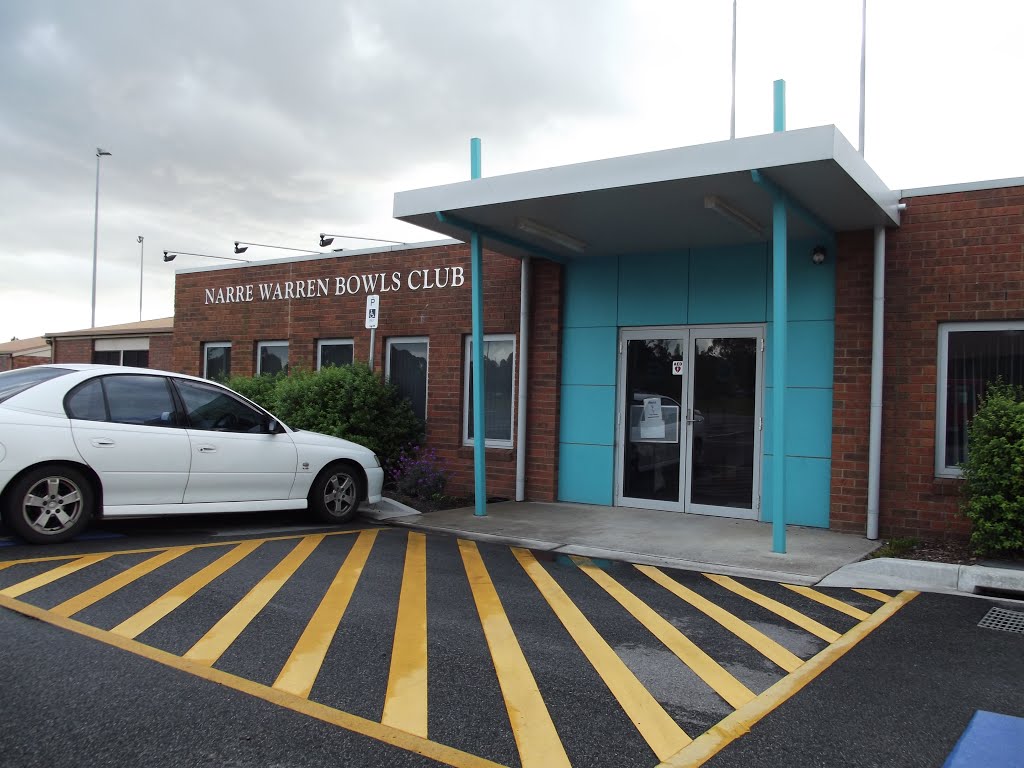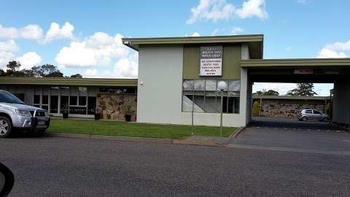Introduction
In emergency situations where someone's heart stops beating or they stop taking a breath, recognizing what CPR represents and how to execute it can imply the distinction in between life and death. Cardiopulmonary resuscitation (CPR) first aid and cpr course near me is a lifesaving strategy that is important for any person looking to be prepared in instance of a clinical emergency. This detailed guide intends to study the definition of CPR, explore its relevance, and offer an extensive understanding of just how it connects with first aid methods.
Whether you're taking a first help course or are just interested about exactly how you can assist in an emergency, this post will certainly cover whatever you need to understand. We'll dive into its historical context, current techniques, and finest practices while also highlighting the relevance cpr certification course near me of being accredited in CPR via numerous accredited programs.
What Does CPR Represent? Recognizing Cardiopulmonary Resuscitation
The acronym CPR stands for Cardiopulmonary Resuscitation It includes 2 vital components: "cardio," referring to the heart, and "lung," associated with the lungs. The primary objective of CPR is to preserve blood circulation to essential organs till specialist clinical help shows up or typical heart function is restored.

The Relevance of CPR in Emergencies
CPR is important in a number of situations, consisting of cardiac arrest, sinking, choking occurrences, and other situations causing unfamiliarity or unresponsiveness. According to research studies from companies like the American Heart Association, efficient CPR can increase or even triple a sufferer's chance of survival.
Why Ought to Everyone Discover CPR?
Learning CPR outfits individuals with skills that can conserve lives. Oftentimes, bystanders are the first responders prior to emergency situation employees arrive. Being fluent in cardiopulmonary resuscitation allows you to act swiftly and with confidence when every 2nd counts.
History of Cardiopulmonary Resuscitation
Early Techniques for Restoring Individuals
The origins of CPR go back centuries back. Historic records show that techniques akin to contemporary resuscitation were practiced as early as 3000 B.C., primarily focusing on mouth-to-mouth methods for revitalizing drowning victims.
Modern Advancements in CPR Techniques
In the 20th century, considerable developments were made in recognizing heart attack and its treatment. In 1960, Dr. Peter Safar presented mouth-to-mouth resuscitation incorporated with upper body compressions-- preparing for what would come to be called modern-day CPR.
CPR Strategies: Basics You Need to Know
A Step-by-Step Guide: Just How to Carry out CPR
To properly perform CPR, it's vital to adhere to an organized approach:
Check Responsiveness: Carefully tremble the person and ask if they're okay. Call for Help: If there's no action, call emergency situation solutions immediately. Determine Breathing: Search for regular breathing; otherwise present or unusual (wheezing), begin compressions. Chest Compressions:- Place your hands on the facility of the person's chest. Keep your joints straight. Compress hard and fast at a price of 100-120 compressions per minute.
- After 30 compressions, offer two rescue breaths. Ensure appropriate head tilt-chin lift position before delivering breaths.
Hands-Only vs Standard CPR
Many people wonder whether hands-only or standard CPR is extra efficient. For adults who break down as a result of heart attack outside a healthcare facility setting, hands-only CPR has shown equally efficient-- making it less complicated for untrained onlookers to intervene without anxiety of inappropriate technique.

First Help Program: Linking Expertise Gaps
Importance of Completing a First Aid Course
Taking a first aid training course not only aids one recognize basic techniques but likewise provides important insight into different emergency situations beyond just cardiac arrest situations. These courses commonly cover numerous topics such as wound administration, choking relief strategies, and utilizing an Automated External Defibrillator (AED).
Finding First Aid Courses Near You
If you're trying to find neighborhood opportunities:
- Search online for "first aid course near me". Local medical facilities or recreation center often provide programs. Check platforms like FirstAidPro or Red Cross for scheduled classes.
DRSABCD Technique Explained
What is DRSABCD? A Lifesaving Acronym
The DRSABCD method serves as an easy-to-follow standard during emergency situations:
D-- Danger: Assess the scene for any kind of threats. R-- Response: Inspect if the individual is responsive. S-- Send for Help: Call emergency services immediately. A-- Airway: Ensure their respiratory tract is clear. B-- Breathing: Examine if they're breathing normally. C-- Compressions: Begin breast compressions otherwise breathing. D-- Defibrillation: Use an AED if readily available as quickly as possible.Each action builds on each other guaranteeing you continue to be concentrated during high-pressure situations.
Mental Health First Aid & Its Link with Physical Emergencies
Understanding Mental Health and wellness First Aid (MHFA)
While standard first aid focuses on physical health and wellness crises, Mental Health and wellness First Aid addresses mental emergency situations such as anxiety attack and severe anxiousness episodes.
Combining Physical & Mental Wellness Support
Being proficient in both physical first aid (like understanding what does cpr stand for) and psychological wellness first aid boosts your capacity to supply detailed support during emergency situations-- helping you attend to both external injuries and psychological injury simultaneously.
FAQs Regarding Cardiopulmonary Resuscitation
FAQ 1: What does the phrase "CPR" stand for?
CPR stands for Cardiopulmonary Resuscitation-- a life-saving treatment executed when somebody's heart beat or breathing has actually stopped.

FAQ 2: Why is discovering CPR important?
Knowing just how to execute CPR can substantially increase survival opportunities during cardiac arrest or breathing failure scenarios up until expert aid arrives.
FAQ 3: Do I need qualification to carry out CPR?
While any individual can attempt it throughout an emergency situation without qualification, obtaining formal training with accredited courses raises effectiveness and self-confidence when executing life-saving techniques.
FAQ 4: How much time does my first aid certificate last?
Typically, most first aid certificates are valid for 3 years prior to needing renewal via correspondence course or re-certification classes.
FAQ 5: Is there an age need for learning CPR?
No details age need exists; children can find out simplified versions suitable for their skill degree while still being useful in emergencies!
FAQ 6: Can I take an online first aid course?
Yes! Numerous organizations currently supply on-line first aid courses that consist of extensive training on both physical first aid methods and psychological wellness first aid basics.
Conclusion
Understanding what does CPR stand for-- and understanding its application-- can encourage anybody with vital abilities needed throughout emergency situations where time matters most. Whether you have an interest in official training via an identified institution like FirstAidPro or merely want expertise on standard life assistance methods, having this expertise might save lives-- not just your own however those around you as well!
Don't undervalue how much influence knowing these abilities can have; it deserves spending time right into learning them effectively! So why wait? Subscribe today at your local center offering appropriate programs nearby-- you never recognize when you'll require these very useful skills!